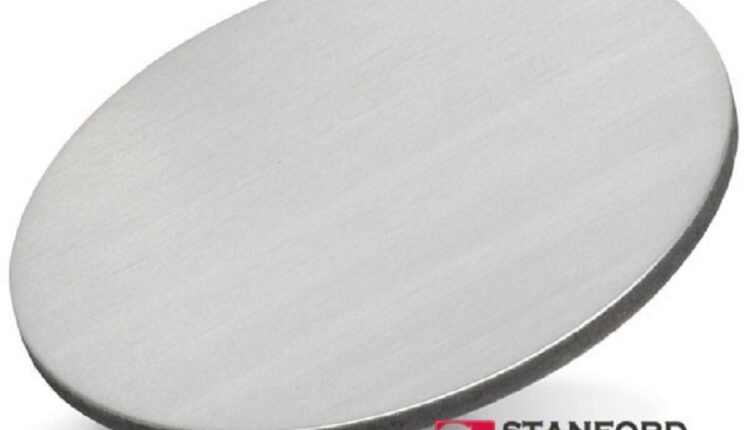As electronic devices become more advanced and intricate, manufacturers require equally sophisticated materials to meet their production needs. One such material is cobalt, which has become an integral component of high-quality electronic devices thanks to its unique properties. In this article, we’ll explore why cobalt sputtering targets are crucial in producing advanced electronics.
What Are Cobalt Sputtering Targets?
Cobalt sputtering targets are specialized materials that coat various electronic components, including flat panel displays, thin-film solar cells, and semiconductors. In the sputtering process, a target consisting of cobalt atoms is bombarded with ions, causing the particles to be ejected from the target and deposited onto a substrate.
Why Cobalt?
Cobalt has several properties that make it an attractive choice for use in electronic devices. Its high magnetic permeability makes it suitable for magnetic storage media such as hard drives and magnetic tape. Additionally, cobalt has excellent thermal stability and a low coefficient of thermal expansion, making it useful for applications requiring high-temperature stability.
The Sputtering Process
The sputtering process begins by creating a vacuum chamber, which is then filled with a gas, typically argon. A cathode target, made up of cobalt atoms, is placed inside the chamber, while the substrate to be coated is placed elsewhere in the section. The room is then sealed, and a voltage is applied, which ionizes the argon gas. The ions attract the cathode target, causing cobalt atoms to be ejected and deposited onto the substrate. This process repeats until the desired thickness of the coating has been achieved.
Applications in the Electronics Industry
In addition to magnetic recording media and thin-film solar cells, cobalt sputtering targets have other essential applications in the electronics industry. Cobalt alloys are used as a component in high-performance permanent magnets used in various electronic devices such as sensors, motors, and actuators. These magnets provide solid magnetic fields with excellent stability, making them particularly useful in spacecraft and military equipment.
Furthermore, cobalt sputtering targets can create thin films for microelectronics applications. These thin films can be deposited onto substrates to produce transistors, capacitors, and resistors. Cobalt alloys are also used as interconnects in microelectromechanical systems (MEMS), used in various industries, including automotive, aerospace, and medical. Using cobalt sputtering targets in microelectronics allows for precise control over the thickness and composition of the deposited films, resulting in exact and reliable components.
Finally, cobalt sputtering targets are also used to produce wear-resistant coatings for electronic devices. These coatings protect against wear and corrosion, extending the lifespan of sensitive components in harsh environments. Cobalt-based layers benefit the aerospace and defense industries, where electronic equipment is exposed to extreme temperatures, high pressures, and corrosive substances.
Cobalt sputtering targets have many applications in the electronics industry, from magnetic recording media to wear-resistant coatings. Ongoing research into new cobalt alloys and deposition techniques will continue to expand the potential uses of cobalt sputtering targets in this critical industry.
Conclusion
Cobalt sputtering targets are an essential component in the production of high-quality electronics. Its unique properties, including high magnetic permeability and excellent thermal stability, make cobalt an attractive choice for various electronic applications. From magnetic recording media to thin-film solar cells, cobalt is a versatile material that will continue to play a significant role in advancing electronic technology.
Read also: The Best Way To Fix A Freezer Which Usually Isn’t Freezing

